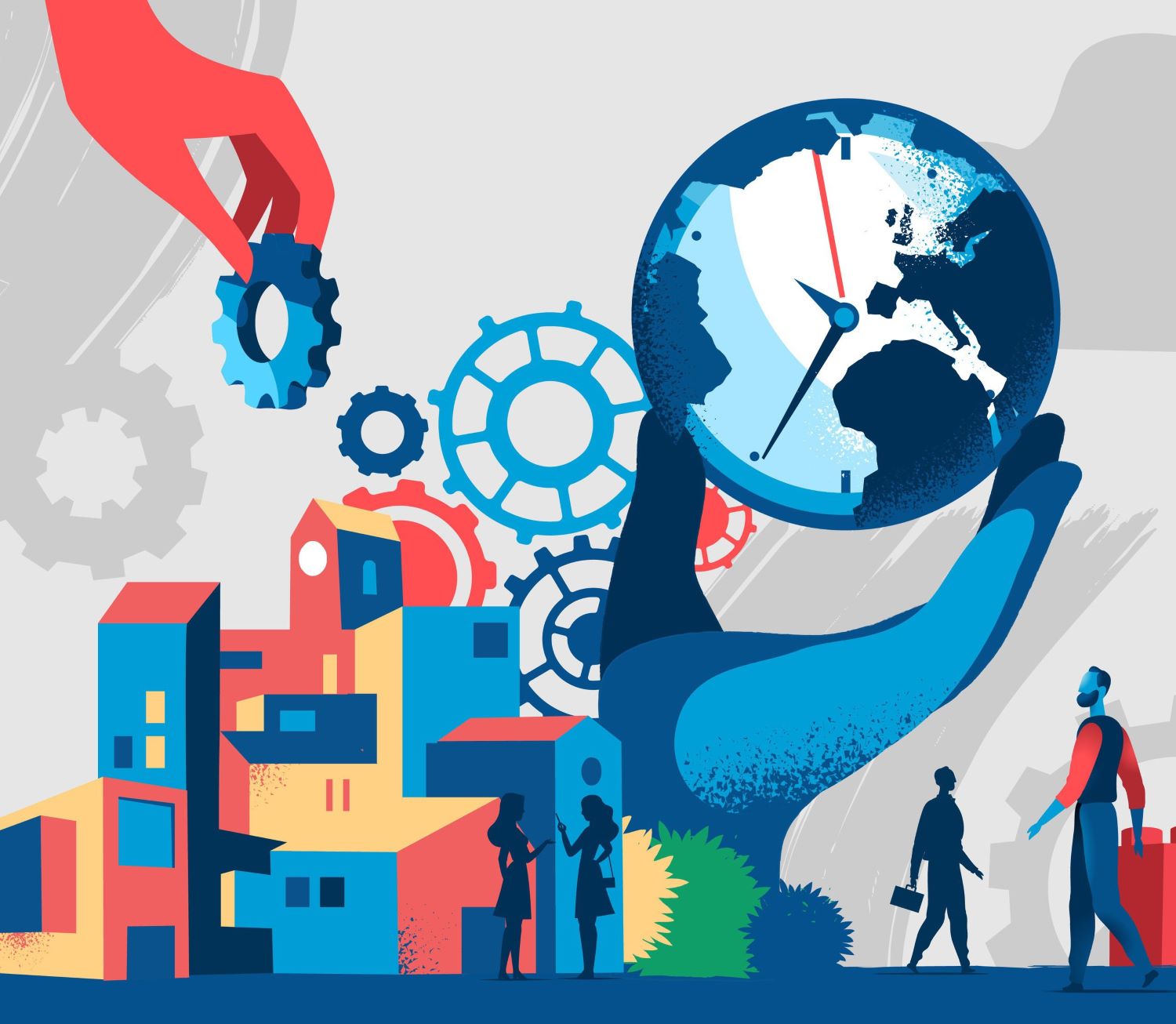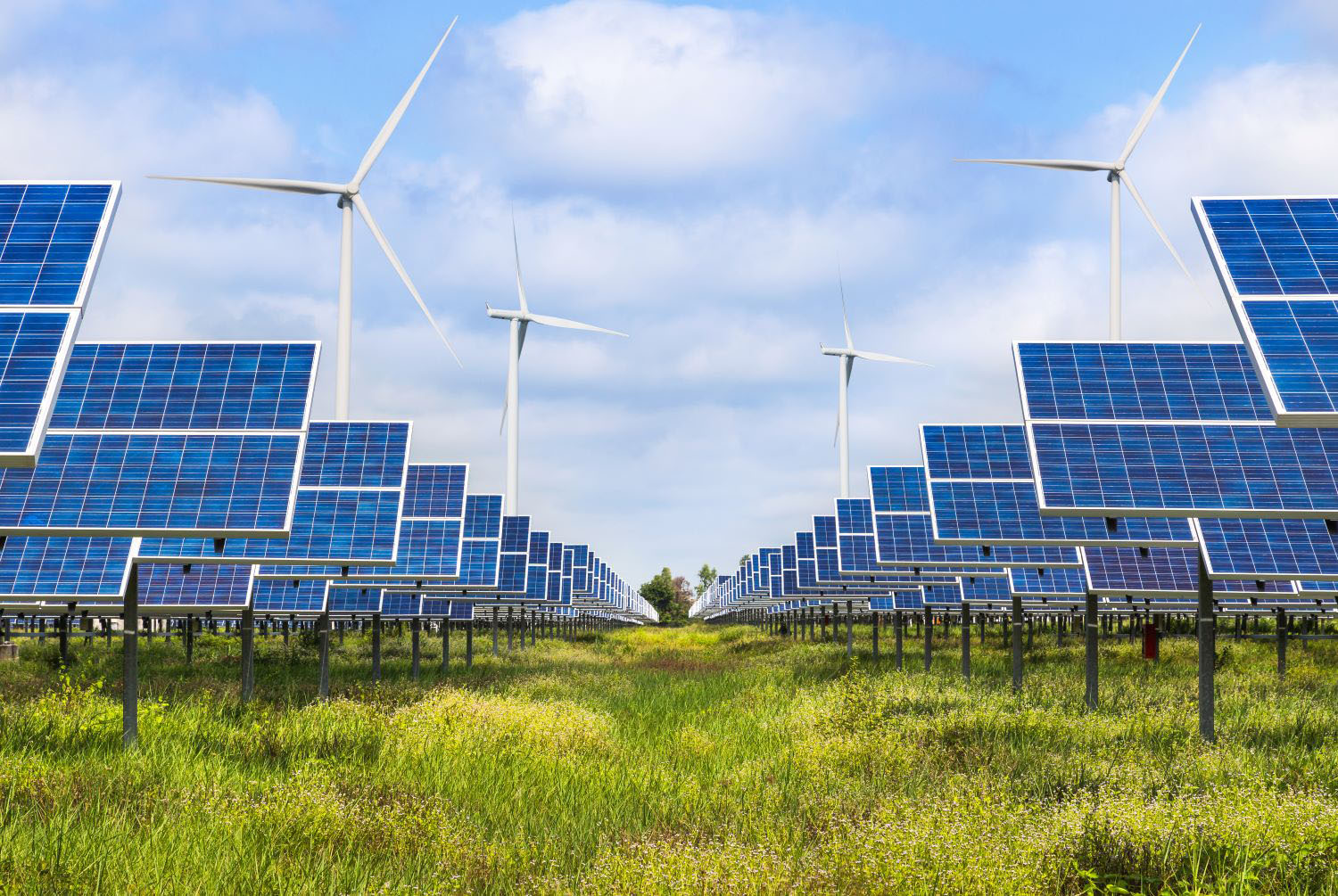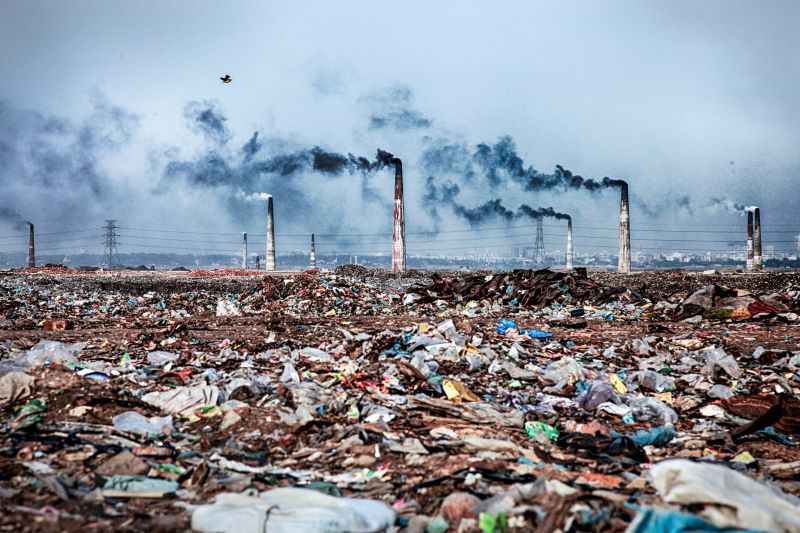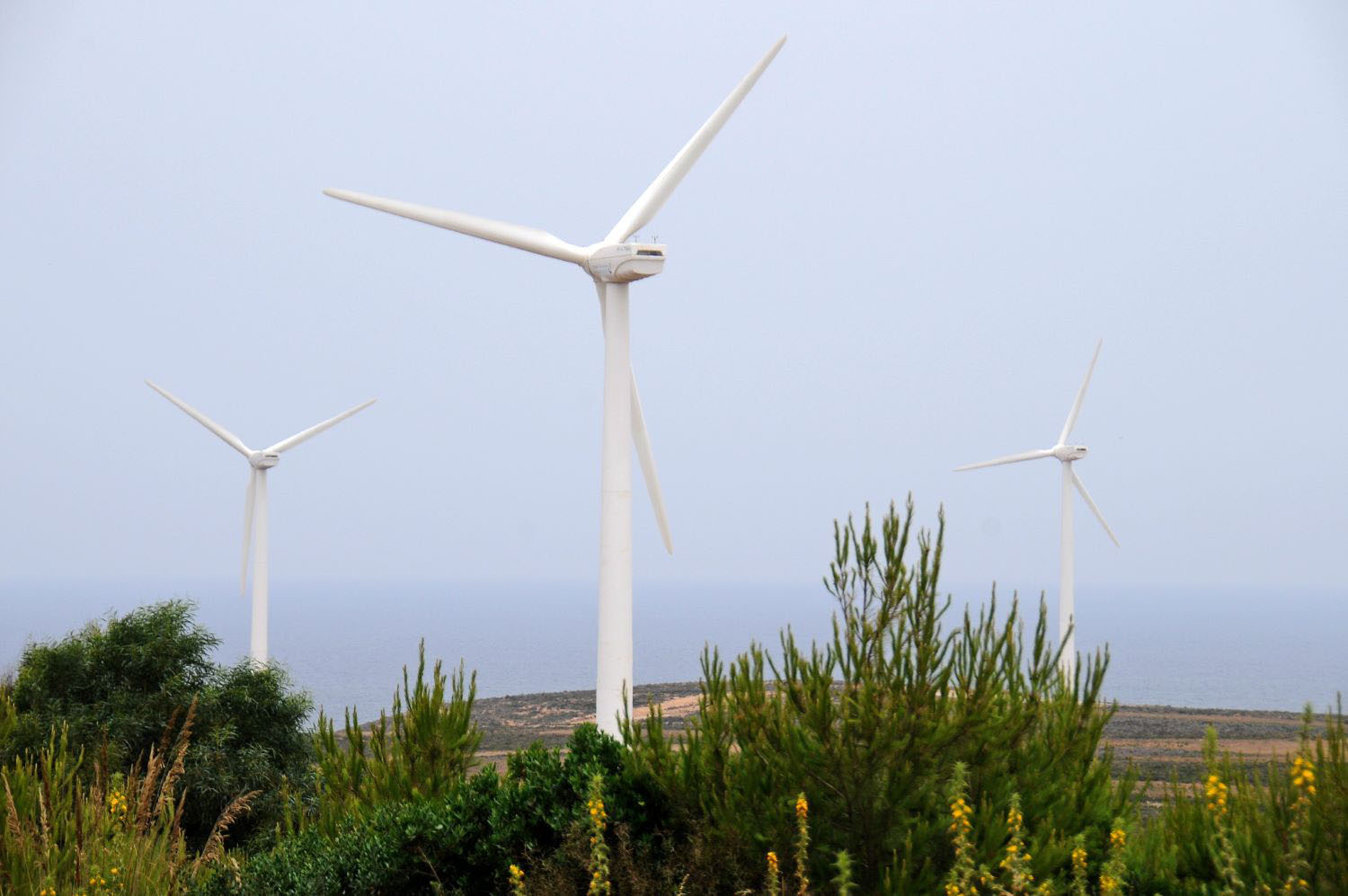Recommended
There have been some dramatic global changes and challenges to the world order over the last few years. While the COVID-19 pandemic and the war in Ukraine highlighted countries’ global interdependency, deepening geopolitical tensions have brought national security considerations to the fore. There is now a much more explicit connection between economic policy and national security. Geopolitical considerations are embedded in industrial policies, in response to the competition for (natural and human) resources associated with the green and digital transitions. Although cooperation is still present, competition and confrontation are central features of the evolving global development landscape. The geo-economic fragmentation and the trust deficit in governments and societal institutions that has emerged are threatening the viability of international cooperation in addressing global challenges.
This global paradigm set the backdrop for the seventh edition of the Development Leaders Conference in Indonesia earlier this month. The conference, co-hosted by CGD, the Indonesian Ministry of Foreign Affairs, and the Norwegian Agency for Development Cooperation (Norad) brought together senior officials from development cooperation agencies and selected multilateral institutions to reflect on the best ways to address today’s challenges jointly. Here, we look at some of the main areas of discussion from the two-day conference and reflect on some key takeaways.
The scope of global challenges
With geopolitics changing and shaping development cooperation, pressure to use influence, relationships and development cooperation for economic and national security is growing, and the sense of unease was palpable among development leaders. The disastrous effects of the Covid-19 pandemic—reversing years of progress on poverty alleviation in low-income countries and fragile and conflict-affected states, are well known. Financing needs in developing countries have sky-rocketed with countries’ efforts to fend off the impact of cascading crises and by limited alternative sources of financing. These countries now face a combination of soaring debt, elevated interest rates and energy costs, and inflationary pressures, limiting access to and/or increasing the cost of finance. They cannot address this financing gap alone. And yet, investors are withdrawing their money. Europe’s largest donors are cutting their aid budgets. This poses risks to the fiscal capacity of developing countries in the short-term and could prevent them from investing in their own development in the medium to longer-term.
Figure 1. External financial gap by country group, USD billion, 2019-2030
Source: G20 Independent Experts Group “The Triple Agenda”
The multitude of shocks, interrelated crises and geopolitics are squeezing aid budgets and impacting on long-term development. Official development assistance (ODA) may be the largest source of public finance, but it remains grossly insufficient, even more so in the face of ever more limited resources, which are intensifying trade-offs global development providers must make. As discussions in Indonesia illustrated, the choices are becoming harder: bilateral or multilateral; grants or loans; climate mitigation or country health systems… The key question facing all official development agencies is how to keep Agenda 2030 at the centre of what they do in a world which is pulling them in the other direction.
There is no doubt that support for country development and tackling global challenges are both urgently needed. But in many of the traditional donors, the model of development cooperation that has prevailed for fifty years is now under great stress. Despite a radically different world, development leaders are faced with a development architecture that continues to view global challenges primarily through the “aid” lens.
The decline in development effectiveness
Climate finance is growing as a share of ODA, while little private finance is being mobilised. And effectiveness is on the wane too. Development leaders were told in no uncertain terms that alignment, country-defined results and predictability—all key measures of development effectiveness—were in decline. And that there is a dearth of evidence of what’s working and what’s not in the use of climate finance. At the same time, for many emerging development providers, the quantity and diversity of development programmes has matured to the point where there is a growing pressure to articulate a framework to guide these programmes and to explain the choices and methods that are employed in their delivery.
Figure 2. Share of ODA for climate provided by DAC Members, 2018-2022
Source: Mitchell, I & Wickstead, E. (2024), Has the $100 Billion Climate Goal Been Reached? CGD Policy Note
Key Principles and Challenges in Building Effective Development Partnerships
We explored diverse perspectives on what constitutes effective and equitable partnerships. Colleagues highlighted that partnerships should be built on principles such as accountability, mutual benefits, trust, and shared power. The different approaches to partnership was discussed, with many emerging development providers emphasizing solidarity and equitable knowledge sharing, while traditional donors often rely on aid structures. There was a consensus that a one-size-fits-all approach is ineffective; partnerships must be adaptable to local contexts, respecting the capacity and needs of local actors. Challenges such as competition and power imbalances were noted, underscoring the importance of understanding the local environment and fostering locally-led development. The importance of long-term commitment, local ownership, and flexible, context-specific approaches were repeatedly emphasized as crucial for sustainable and impactful partnerships. Moreover, there were repeated calls for a shift from seeing development as assistance to viewing it as a partnership, advocating for a more balanced power dynamic and greater involvement of local and indigenous organisations in the development process.
Adapting narratives to build public support
With support for global development cooperation waning in many countries, we discussed how to shape the narrative around global development cooperation and looked at the evolving perspectives and approaches of various institutions. Key points raised included looking at how development cooperation aligns with national interests and public support, the necessity of adapting narratives to local contexts, and the challenges posed by fragmentation and multiple overlapping narratives. There was a strong emphasis on the need for transparency, accountability, and results-based communication to build trust and support among the public. Participants stressed the importance of collaborative approaches, leveraging local capacities, and addressing contemporary issues such as disinformation and political resistance to aid. The session concluded with a consensus on the need for continued efforts to effectively shape and communicate the narrative of development cooperation.
A consensus on escaping the old
Despite the differences in the way they “do” development, the agencies in the room agreed that change and radical thinking are needed, as is a challenge of old orthodoxies. Yet, precisely what that change is, is still up in the air. But, sometimes, the difficulty lies not in the new ideas, but in escaping from the old ones.
Disclaimer
CGD blog posts reflect the views of the authors, drawing on prior research and experience in their areas of expertise. CGD is a nonpartisan, independent organization and does not take institutional positions.
Image credit for social media/web: khonkangrua / Adobe Stock








